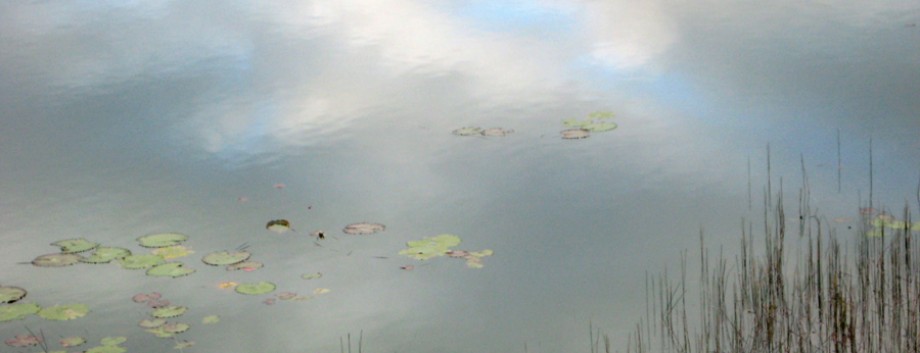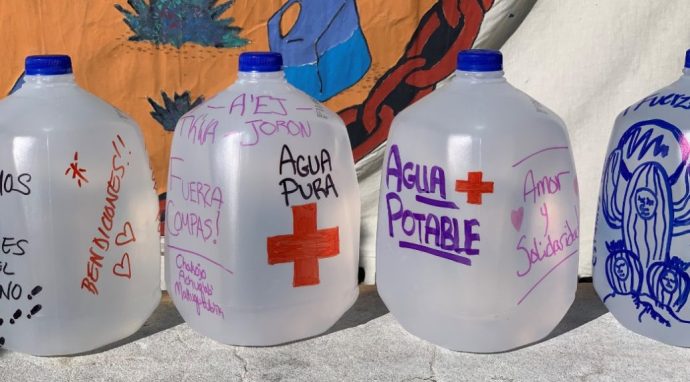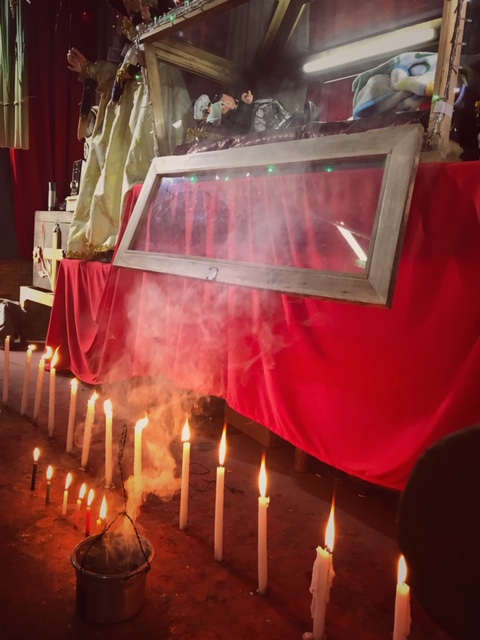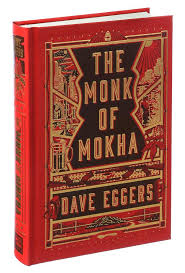I’ve now been in stay-at-home mode for 60 days. That’s 2 weeks before it became an order here in Arizona. Suddenly, I had all this open space stretching out in front of me. Like everyone else, commitments—work and otherwise—were cancelled at least for a few months. Part of me was relieved. I haven’t had this much open space in…well…I couldn’t remember when. I’ve been thinking about this a lot. The only other times I could come up with, other than a few weeks here and there for personal travel, was when I’d undertaken the pilgrimage to Santiago de Compostela in northern Spain. But now I’m well beyond that in time by 23 days with uncertainty when I’ll emerge.
On May 10, 2015, I donned my pilgrim suit and officially began walking the Camino Francés, which starts on the French side of the Pyrénées in Saint-Jean-Pied-de-Port. Now, it’s a complete synchronicity that I decided to sit down and begin this writing on the same date five years later. I didn’t plan it. Nor did I remember the date I began my walk. I discovered this fact when I just pulled up my blog from that time, The Essential Way, looking to reference something.

But these are strange times, and the synchronicities have occurred with regularity for me in the last several weeks. Maybe I’m more sensitive to the vibrations around all of us carrying information, or more able to note things clearly visible beneath the surface, since I’ve been wrapped in silence most of the time.
I remember having a sense that something big was coming for some time, and when it finally dropped, I did elect to go into retreat here at home, formally setting aside 10 days of this sojourn framed by long meditations each day, being in silence, ruminating on what came through, writing and artwork. In some ways, I feel it frivolous to even share these things—when others are undergoing great suffering. Not just minor inconveniences. But the fact is my more introverted nature thrives on such opportunities of emptiness.
What is so different between my 2015 pilgrimage and what we’re undergoing now in 2020? Choice. Even though I’ve never been able to articulate it in words, I was called to the Camino. It was my clear choice, and the same for most who have walked it since Medieval times. That’s unless, as happened back then, some who found themselves forced to do so as penance for some crime. On the other hand, this pandemic came out of nowhere, imposed itself upon most inhabitants of the planet. For crimes? Maybe. It’s stopped us all short and threw the human world into global chaos, while nature continues to do what nature does.

The Camino path is well marked. If you’re a pilgrim in that setting, you know where you’re going at all times. There’s even a recognizable symbol: the scallop shell. Pilgrims are identified by the shell hanging off their clothes or knapsack, and the directional signs, even in the middle of nowhere, are marked with it.
There’s no clear cut path for us now. It’s empty, hazy at best. We don’t have any measures of distance or time. Many of the foundations we thought we had…have crumbled. Illusions. We’ve been shown the dark underbelly and the essence of light.
If those are differences between a well-marked trail and the pandemic, what are the similarities?
In the Chiapas highlands of Mexico, the Maya petition the owner of the land—the Earth Lord—for protection or other things they want. But the Earth Lord also demands payment, a sacrifice. Consequently, the Maya alternately revere and fear this Underworld being. But if you think about it, isn’t this a Universal truth? Sacred reciprocity. The Indigenous people of Peru call it ayni and live by it. Something transformational always involves releasing, letting go, in order to receive something more. It’s just the ego self that balks.

Prior to embarking on my Camino, I told friends I felt as though I would be placing my feet into the very footfalls of all who had walked there before…all the way back to the Middle Ages. Be careful what you project especially if, in a sense, it’s true. The 4th day out I sustained what is still a mystery injury that resulted in not being able to put any weight on my right foot without excruciating pain. That’s a story. The pain barely dissipated but I chose to continue on. Now I would say I was making payment. What did it do for me? It forced me to slow down, way down. I shuffled s-l-o-w-l-y along the Camino leaning on a walking stick, and what beauty I noticed that I would otherwise likely have missed. What insights I had. No matter I had to undergo physical therapy upon return home.

It’s usual for pilgrims to leave notes or prayers at shrines beside the trails. I distinctly remember doing so at a particular shrine. But I have no memory at all what that piece of paper said. I have no need. I left that part of myself there.
Most pilgrims never forget their Camino. To a one there was suffering of some sort. It’s arduous. And we’re different once its end has come.
Won’t this also be true of the pilgrimage called the pandemic? How we undertake this walk? The sacrifices? The suffering? We’re being called upon to be our Best Self ever. Some are wholeheartedly answering this call while others go in a different direction.
Here’s a truth: The follow-on to chaos—if we’re wise—is a sorting process that can lead to a more identified, aligned existence. If mindful, the Collective We can identify the world we want to live in and lay out, to degrees, how it unfolds. That’s an intent. We have choice within a framework: how to make the most of the time given.

On the Camino, there’s companionship with complete strangers. Some of those turned into lifetime friendships. We helped each other. We’re compassionate. We recognized there’s no difference between ourselves and others. We’re the same. We’re all in it together. Don’t we have a multitude of examples such as this now, during the pandemic, from around the world?
On the Camino, we underwent a metamorphosis. We were different than when we started. I’m willing to bet that, whenever we come out the other side of this pandemic, we’ll also find this to be the case.
During the Camino…
Somewhere along the way, once I got the rhythm down pat, I began to note somewhat tongue-in-cheek differences between daily life on the Camino and home. But the more I listed the more I realized it’s an intimate glimpse of common pilgrim experiences you normally wouldn’t be aware of unless you’d undertaken the journey. I also began to have insights, reminders and resolutions related to some of them…
After I got home, I documented all of those I wrote down while walking. On that blog post, I called the first section I’ll Know I’m Home When… Here are some from that list.
… I’m no longer looking for markers every few minutes to tell me where to go, except perhaps subliminally.
… I’ll no longer hear the well wishes Buen Camino spoken to me by nearly every pilgrim and so many locals, or say it myself, as we pass each other.
… I’ll have more than one change of clothing.
… I’ll have more choices to wear on my feet than hiking shoes or flip flops
… I’ll know on a consistent basis where I’ll lay my head each night.
… If I’m sleeping in a roomful of people, I’ll know them all ahead and never in numbers between 12-100 in one room.
I called the second section My Take-Aways.
It’s important to be alert to the lay of the land to avoid becoming lost or overlooking tell-tale signals that things are off track or hidden. I resolve to sharpen my peripheral and x-ray vision.
Flexibility is a virtue. It’s also important to set your limits and abide by them. I resolve to identify with even more depth and breadth what is true for me.
A simple life in the best sense is a pure one, devoid of clutter in the mind or unnecessary material goods, anything that weighs down the spirit. I resolve to up-level my sorting and pitching process.
There are more that I’d written. All still true for me now. But this one particularly caught my attention as I read through the post.
I undertook this journey through willing choice. If you look at the list, you may notice there are aspects that are similar to those whose lives often aren’t through choice but circumstance. In a certain way, I had a light taste of what it’s like to be homeless, to experience restriction. The more days I walked the more this awareness settled on me. It increased my compassion toward anyone who finds themselves in such a place and has difficulty finding a way through. There’s always a way across a threshold. It also deepened the great gratitude I hold for having the life I do, and the capability of coming up with strategies to navigate the tricky times.
I’m going to start my list for the pandemic, what I’ve noticed and how I want to be on the other side. Some of these will be the same. Some will be new in the sense of further revealed.

On my 2015 pilgrimage, when the going got physically rough for me, I invoked a Sufi wazifa.* On the in-breath I would chant Ya Fattah. On the out-breath, I would repeat Ya Fattah. Over and over and over. That beautiful name got me up mountains and down the other side when I sincerely wondered if I would make it.
Here’s holding these pandemic times are embedded in our Collective Consciousness in a good way and direct tomorrow. There’s a choice in every moment.
Ya Fattah! Ya Fattah! O, Opener of the way!
May all beings be happy. May all beings be well.
***
*The Sufi wazifas are the 99 Beautiful Names of God that, when chanted, seeks to call upon the person any sacred attribute that is named.















 I’d avoided reading
I’d avoided reading 

 Two Old Women tells of two elders who had lost their usefulness, often falling into complaining in the face of decline. As tradition holds, the duty of providing for them fell to their extended family and others of the tribe, which they did. But the tribe fell upon hard times. Food was almost nonexistent and some successive winters brutal. Finally, the chief made a decision, when the tribe departed in search for a more hospitable home, the two old women were left behind in favor of tribal survival. This meant they were leaving the elders to a certain death. Two Old Women discloses the internal conflict many of the tribe experienced and the process of the women as they faced a fate they did not choose, and the unexpected outcomes.
Two Old Women tells of two elders who had lost their usefulness, often falling into complaining in the face of decline. As tradition holds, the duty of providing for them fell to their extended family and others of the tribe, which they did. But the tribe fell upon hard times. Food was almost nonexistent and some successive winters brutal. Finally, the chief made a decision, when the tribe departed in search for a more hospitable home, the two old women were left behind in favor of tribal survival. This meant they were leaving the elders to a certain death. Two Old Women discloses the internal conflict many of the tribe experienced and the process of the women as they faced a fate they did not choose, and the unexpected outcomes. Bird Girl and the Man Who Followed the Sun is about a girl and boy, living in separate camps of the Gwich’in people. Neither fit in. At a young age, Bird Girl’s father had taught her to hunt and roam along with her brothers. Having tasted that freedom, she took no interest in the never-ending burden of women’s work or taking a husband. Finally pushed to fall in line, she chose to leave home to make her way on her own.
Bird Girl and the Man Who Followed the Sun is about a girl and boy, living in separate camps of the Gwich’in people. Neither fit in. At a young age, Bird Girl’s father had taught her to hunt and roam along with her brothers. Having tasted that freedom, she took no interest in the never-ending burden of women’s work or taking a husband. Finally pushed to fall in line, she chose to leave home to make her way on her own.


 Most books reach a logical conclusion. After I finished Mariette in Ecstasy, I just sat there attempting to sort through what I even felt. Stunned in some ways, I suppose. Mystified to say the least. But then, the subject matter of this book deals with the interface between religious mysticism and human nature. A pat answer rarely rests in either.
Most books reach a logical conclusion. After I finished Mariette in Ecstasy, I just sat there attempting to sort through what I even felt. Stunned in some ways, I suppose. Mystified to say the least. But then, the subject matter of this book deals with the interface between religious mysticism and human nature. A pat answer rarely rests in either.